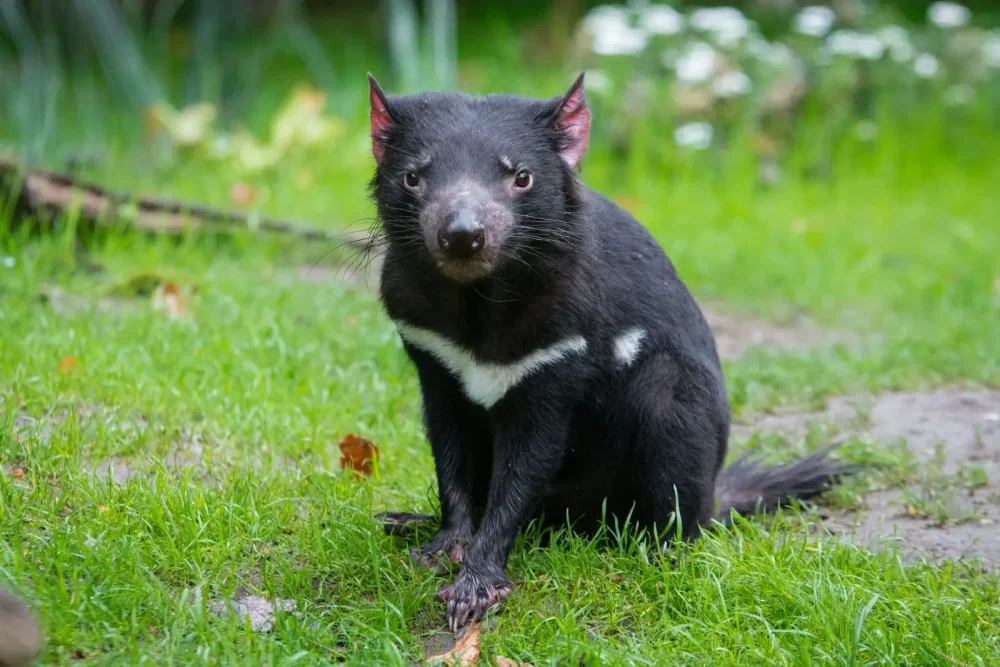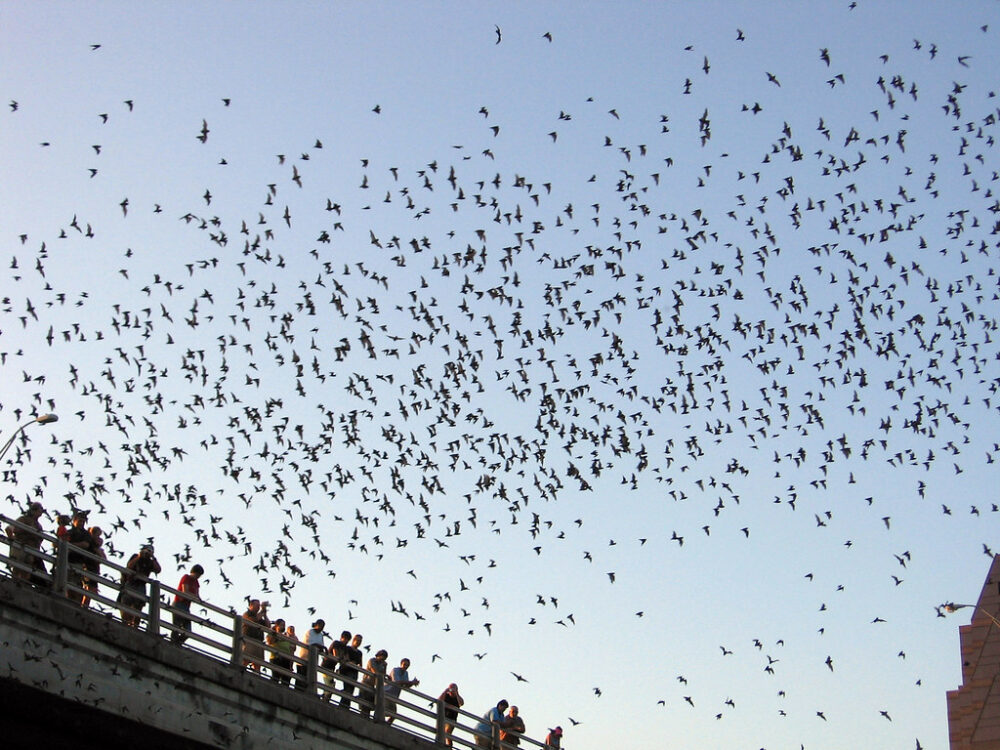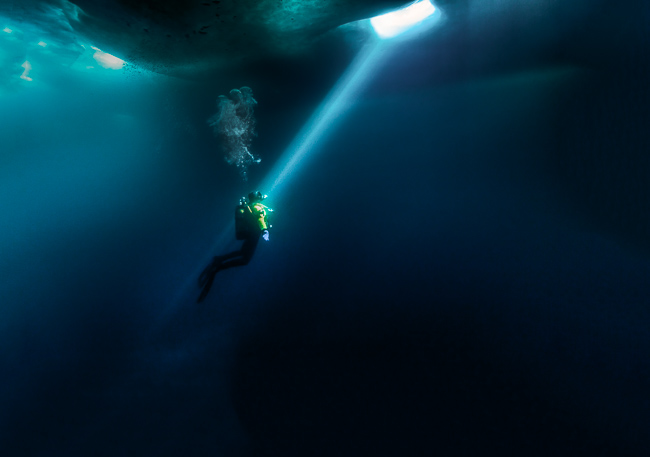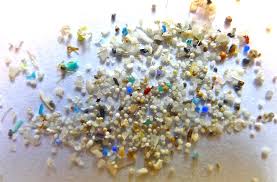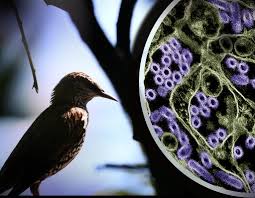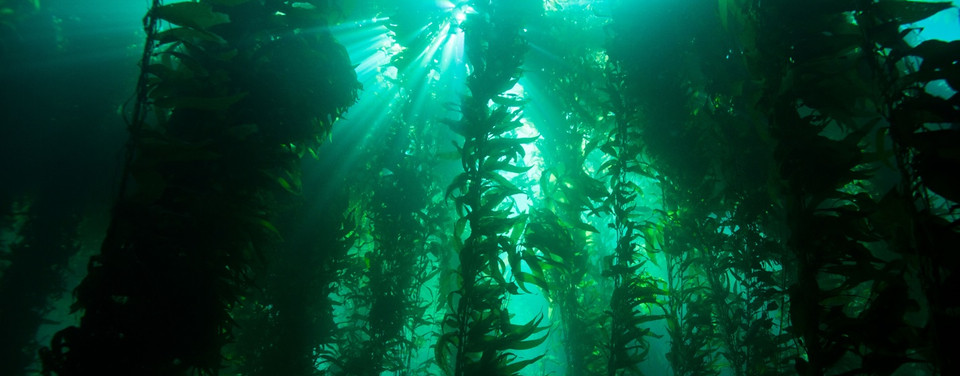Green games: A sustainable Olympics and Paralympics
Host cities for the Olympics are immediately welcomed by boosted tourism, new jobs, and a sense of pride in their city. However, the environmental impact of traveling spectators and athletes, construction of infrastructure, and transportation has been detrimental in past games. To combat this, the Paris Olympics and Paralympics put an extra emphasis on making […]
Green games: A sustainable Olympics and Paralympics Read More »


